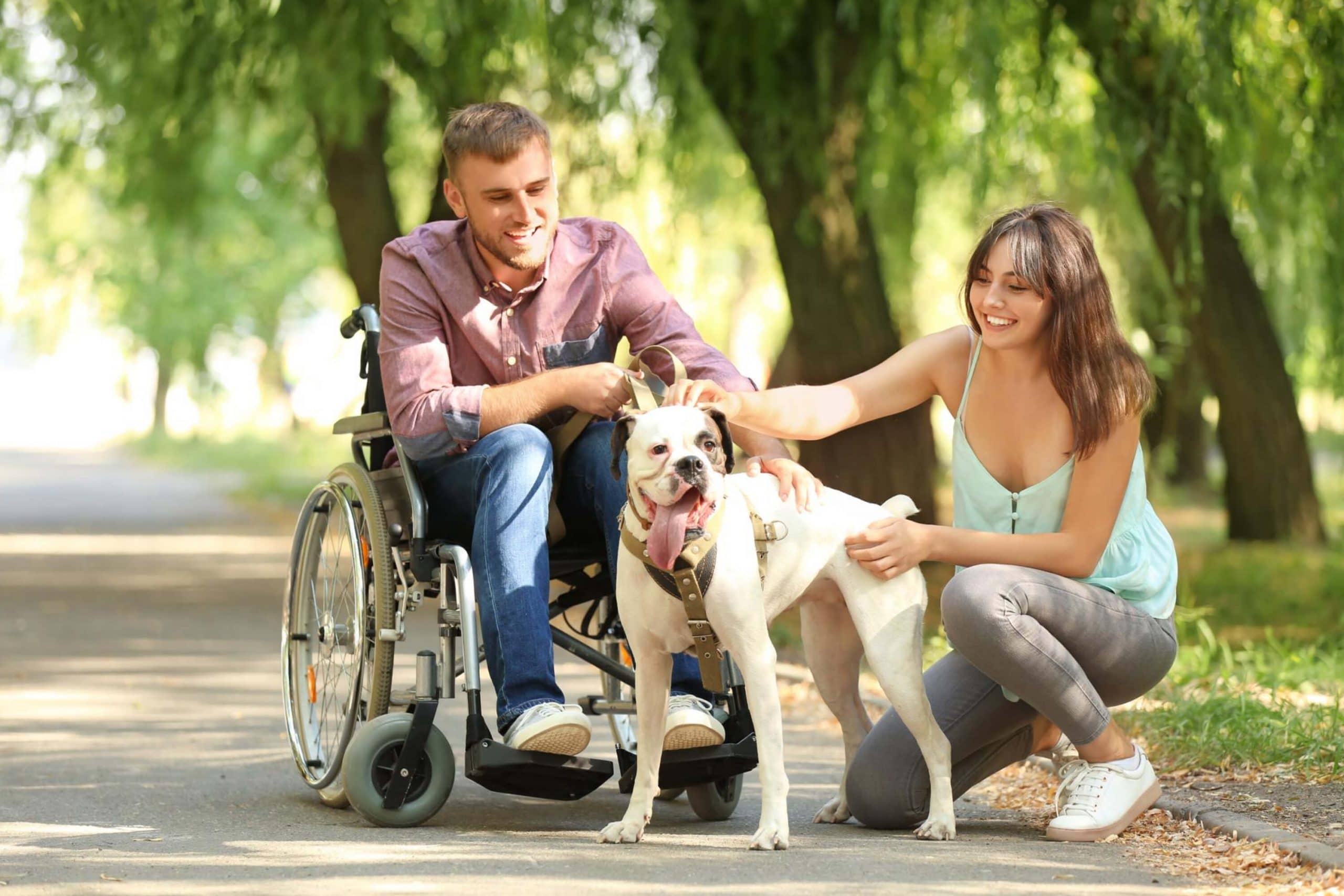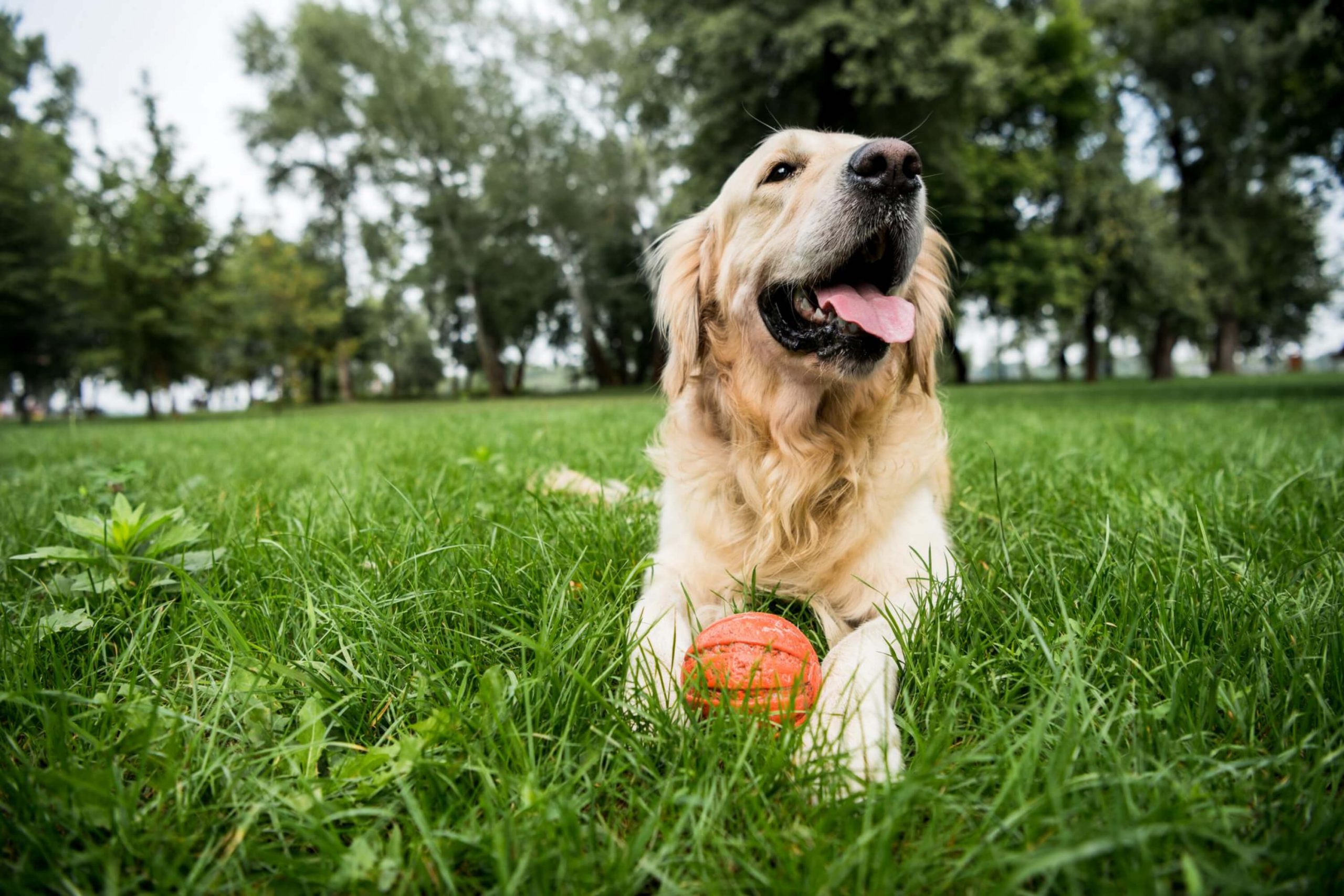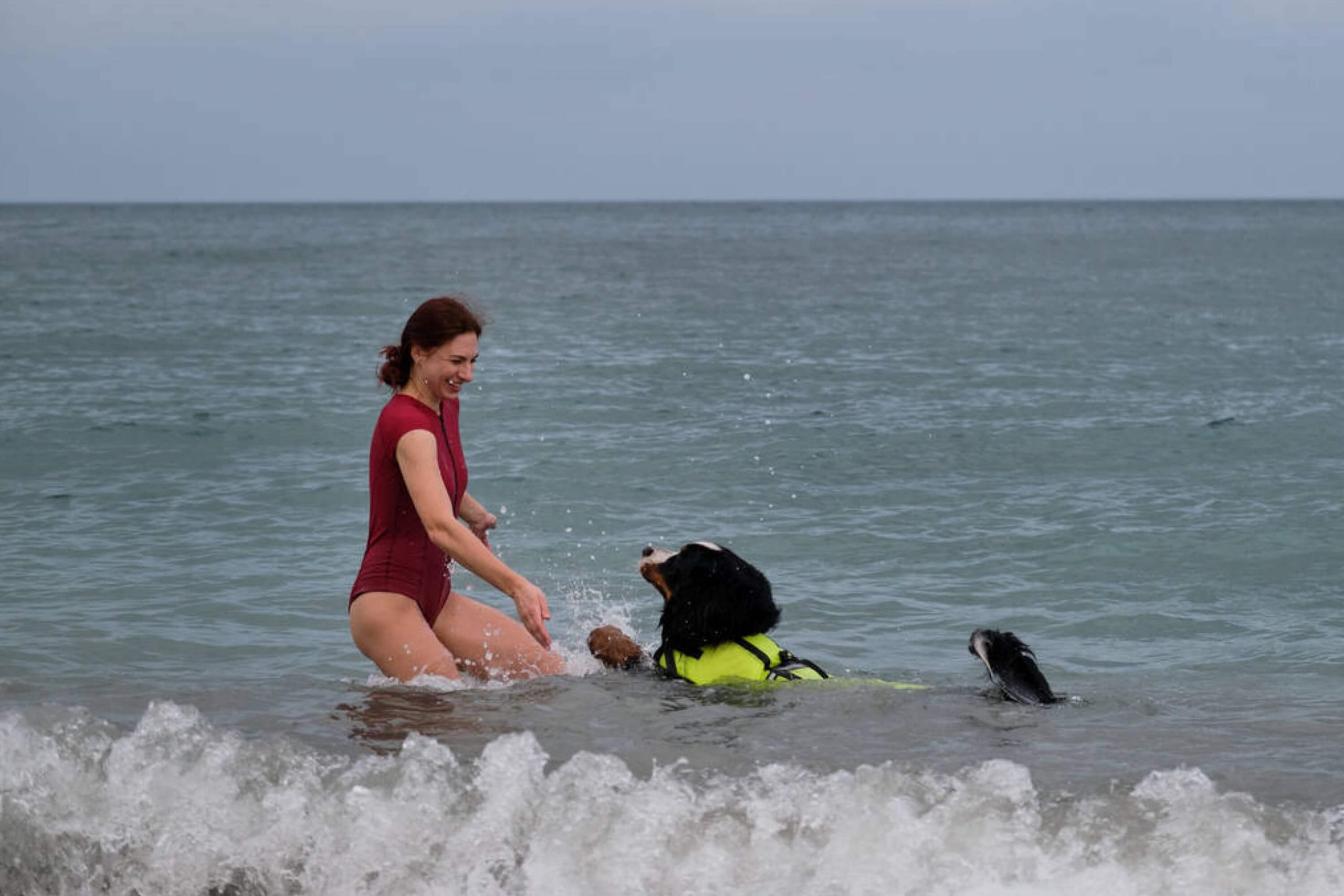Animals have long been not just pets, but faithful friends and companions.
The positive impact of animals on their owners is so great that these creatures are now actively involved in medicine.
Dogs, cats, and other species are becoming extremely useful, helping people with physical dysfunctions, supporting people with mental maladies, and promoting rapid recovery.
Service dog, therapy dog, or emotional support dog – each of these four-legged helpers performs its own functions, helping humans to live a normal life.
Types of animal helpers
The most common type of animal helper is service animals.
They assist humans with the inability to live the lives of normal people with almost no limitations. For instance, guide dogs aid their owners to navigate in space and make it easier to move to their destination.
There are also animals that are called to notify owners with hearing issues of extraneous noise, such as a phone call, a knock on the door, or a fire alarm. In addition, service animals can avail people in wheelchairs to move.
Another type of animal “doctor” is an emotional support animal.
These creatures are excellent companions that are able to stabilize the psychological state of their owners, alleviate symptoms of a malady, and relieve stress and fatigue.
The emotional support animal is often needed by those who suffer from various psychological frustrations.
Thanks to such a pet, a person feels needed and important, his or her daily routine also changes and bad habits disappear, which in turn helps to get rid of the disorder.
A therapy dog is something between a service dog and an emotional support animal.
These animals do not get as rigorous training as a service dog does and their main goal is to support people who are in nursing homes, hospitals, retirement houses, etc.
At the same time, if necessary, a therapy dog can also provide physical assistance to people undergoing therapy and promote faster recovery.

What is a therapy dog?
A therapy dog is a purposely-educated animal that ensures comfort and encourages men from vulnerable categories.
The main difference between emotional support animals and therapy dogs is that ESAs are designed to support their owner, while a therapy dog provides psychological endorsement to a group of people.
A certified therapy dog can help people in a hospital, nursing home, school, boarding school, and other institutions.
However, in order to receive a therapy dog certification, an animal must meet all the criteria and be evaluated by experts.
The preparation and registration of these dogs are usually executed by special therapy dog organizations.

Related: Can Humans Use Dog Shampoo?
How do I register my dog for therapy?
The hospitals are always looking for therapy dogs in their homes. If you want your dog to be not only your companion but also help others cope with psychological or emotional confusion, you can register your dog as a therapy one.
First of all you need to train the forbearance of the animal, the dog should be calm and non-aggressive.
After quick verification with the Canine Good Citizen Test you can gradually take the dog to crowded places, such as hospitals or schools. Watch your dog’s reaction to large crowds.
The animal must get used to being in society without haste to avoid stress for the animal and not scare people around.
As soon as the animal gets used to its “work”, the dog will begin to show interest in people, playing with them and encouraging.
When this happens, you will be able to officially register for a therapy dog in the companies like My Service Animal.
Related: Why Do Mice Come In the House In the Summer?
Training therapy dogs
Therapy animals can be trained for their health and are well-behaved and can provide optimum comfort. Your puppy requires obedience training to become a certified therapy dog.
Often owners train the pets on their own. Others can get assistance from private trainers or attend a training session. There are several organizations that train therapy dogs, but the most popular among them is American kennel club.
It is remarkable to get one of the therapy dog titles for your animal provided by the AKC. At the very beginning of the upbringing, after 10 visits of the program, you will have AKC Therapy Dog Novice status.
The more visits the higher the status of the animal, for example, after 400 visits the animal will become the AKC Therapy Dog Distinguished.

Related: Designing and Organizing an Apartment for Dog’s owners
Desensitization
Unfamiliar situations may cause panic in puppies to grow up. This may cause some fear and even stop a puppy from completing its job.
To avoid such situations, you need to gradually push the animal with what scares it.
This is a systematic work that is designed to relieve the animal of fear.
Therefore, at all stages of desensitization training the dog should feel comfortable and safe.
By helping ease your pets’ discomfort, they’re more apt to work hard.
Old dogs can sometimes be more difficult to adapt to unfamiliar environments. However, this is still possible if you have patience.

Basic and Intermediate obedience training
A therapy dog is not required to perform some fancy tricks, yet, it must obey the rules. Obedience guarantees complete control of your visit. Give the dog easy instructions.
Basic dog obedience means the implementation of such simple commands as “sit,” stay “, “come”, “leave this”, etc.
On a later stage you may teach your dog to fulfill more complicated actions. It’s called intermediate dog training.
You can teach your dog to distinguish your voice and follow commands at a distance. And you can instruct your pet to perform non-verbal commands, such as hand signals.
Therapy Dog Certification Requirements
Therapy dogs are usually about 1 to 3 years old. They need to keep their vaccines current.
The basic requirement for the therapy dog registration is that the animal is friendly and non-aggressive with unfamiliar people.
Also your pup must be at least 1 year old. Even though most requirements are identical, organizations could have different policy requirements.
Beware of Scams
Some websites can offer you fake registrations for therapy animal and promise to send you ID cards, vests & badges if you have registered them in their database. Obviously, they don’t seem valid.
The quickest and easiest way to officially register your dog as a therapy animal is to join one of the certified organizations and take the obedience test.
You must always ensure that you are registered for nonprofit organizations.
The owner of registered therapy dogs is hesitant to profit by doing so. You will have a pet who cares for someone who needs the care.

Something to keep in mind
As previously stated, therapy dogs are accepted by many organizations and institutions. However, this does not necessarily mean that your dog will be ok. During this phase, your puppy might find it hard to find the perfect job.
Your dog should love the interaction. It’s never going to make your pups miserable and you don’t have to.
During training, it’s possible to see that your problems come from you rather than from the animal.
Being a therapy dog handler requires patience and socialization. So, before you decide to register your pet as a therapy dog, weigh the pros and cons to make sure that you and your pet are ready for such responsibility.
